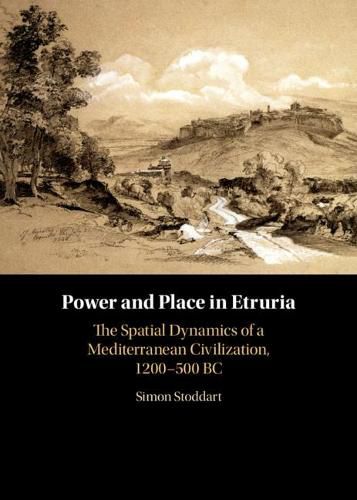Readings Newsletter
Become a Readings Member to make your shopping experience even easier.
Sign in or sign up for free!
You’re not far away from qualifying for FREE standard shipping within Australia
You’ve qualified for FREE standard shipping within Australia
The cart is loading…






This volume fills a gap in the study of an important, yet neglected case of state formation, by taking a landscape perspective to Etruria. Simon Stoddart examines the infrastructure, hierarchy/heterarchy and spatial patterns of the Etruscans over time to investigate their political development from a new perspective. The analysis both crosses the divide from prehistory to history and applies a scaled analysis to the whole region between the Tyrrhenian Sea and the Arno and Tiber rivers, with special focus on the neglected region between Populonia on the coast and Perugia and the north Umbrian region adjoining the Apennines. Stoddart uncovers the powerful places that were in dynamic tension not only between themselves, but also with the internal structure constituted by the descent groups that peopled them. He unravels the dynamically changing landscape of changing boundaries and buffer zones which contained robust urbanism, as well as less centralized, polyfocal nucleations.
$9.00 standard shipping within Australia
FREE standard shipping within Australia for orders over $100.00
Express & International shipping calculated at checkout
This volume fills a gap in the study of an important, yet neglected case of state formation, by taking a landscape perspective to Etruria. Simon Stoddart examines the infrastructure, hierarchy/heterarchy and spatial patterns of the Etruscans over time to investigate their political development from a new perspective. The analysis both crosses the divide from prehistory to history and applies a scaled analysis to the whole region between the Tyrrhenian Sea and the Arno and Tiber rivers, with special focus on the neglected region between Populonia on the coast and Perugia and the north Umbrian region adjoining the Apennines. Stoddart uncovers the powerful places that were in dynamic tension not only between themselves, but also with the internal structure constituted by the descent groups that peopled them. He unravels the dynamically changing landscape of changing boundaries and buffer zones which contained robust urbanism, as well as less centralized, polyfocal nucleations.